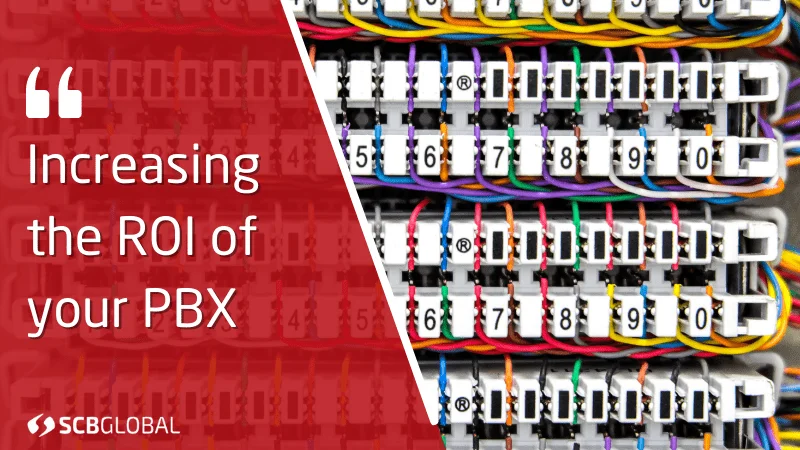For those who have just made an investment in the last few years, shifting away from on-premise hardware is challenging
The sudden leap to remote working in response to the ongoing pandemic has resulted in many businesses leaving their offices and everything in them behind. Organisations everywhere have scrambled to find remote working solutions that will keep operations running in this unprecedented business landscape. Now that many have made the decision to adopt a remote working for the foreseeable future, the question is, what happens to the solution that is still on premise, and more importantly, how do you achieve adequate ROI?
ROI simply means Return On Investment – a calculation to ensure that organisations have made the most out of what they have spent their money on. Deploying a PBX solution involves substantial expenditure, and has an average lifespan running 5-8 years. Thus, seeing a significant return on this substantial long-term investment is vital for businesses.
The rise of cloud telephony in the recent years has seen a notable shift away from the PBX. For the enterprise whose PBX lifespan is coming to an end, the move towards a cloud-based UC platform is an easy decision. However, for those who have just made an investment in the last few years, shifting away from on-premise hardware is challenging. To go back and get approval for a replacement remote-friendly cloud solution will likely be met with closed gates, especially with telecoms funding seeing notable declines following pandemic-related budget amendments.
Unified communications platforms like Microsoft Teams have been a lifeline for many businesses in 2020, as the need for disparate work forces to communicate and collaborate efficiently has dramatically increased. According to survey Westcon ran, 36% of IT Managers in the US are hoping to expand their UC capabilities beyond what they currently have within the next three years. However, many of these IT Managers believe that costs associated with moving over will significantly delay strategy implementation.
SCB Global explored this challenge of wanting to move telephony over to Microsoft Teams and the cloud, while retaining the investment on the current PBX – and came up with a solution to enable businesses to have the best of both worlds. OPTO4Teams provides a hybrid solution that allows enterprises who want to keep their existing PBX (and associated phones), no matter what make or manufacturer. SCB Global will migrate enterprise UC to Teams in accordance with remote working needs. This reduces the need to prematurely retire recent telephony investments by empowering businesses to make the transition to a full cloud-based Teams enablement at a pace that suits their unique timescale and capabilities with very little cost.
When speaking with UC Today on the topic Saif Ahmed, SCB Global’s Director, explained that no matter what kind of PBX you have, SCB Global can integrate your PBX into MS Teams.
“OPTO4Teams is not specific for any vendor… It doesn’t really matter which PBX you have because our middle layer will work with any of them”.
Not only does the OPTO4Teams solution allow the enterprise to still see ROI on their PBX but it also allows for the enterprise to start implementing and reaping the benefits of MS Teams, going even further than your PBX ROI.
So, instead of leaving the ROI of your PBX behind, why not enhance it with OPTO4Teams?
Want to know more? Get in contact with one of our friendly experts who will be able to explain how you can still keep any PBX system you may have in place and integrate it into MS Teams so that your enterprise can get the best of both worlds, including free 30 days proof of concept trials.



Comments are closed.